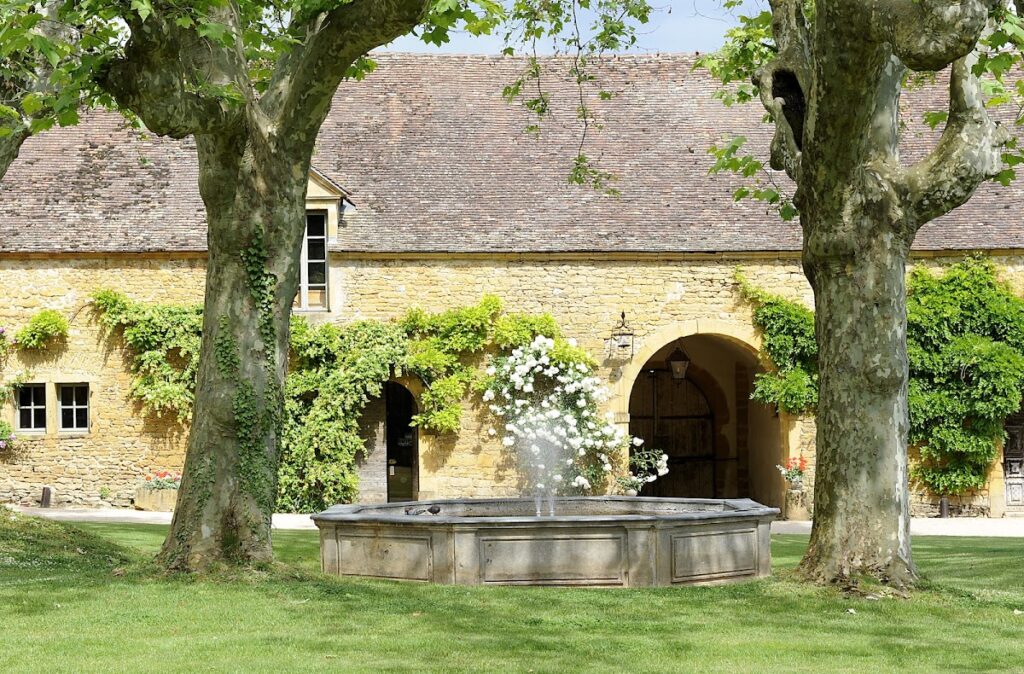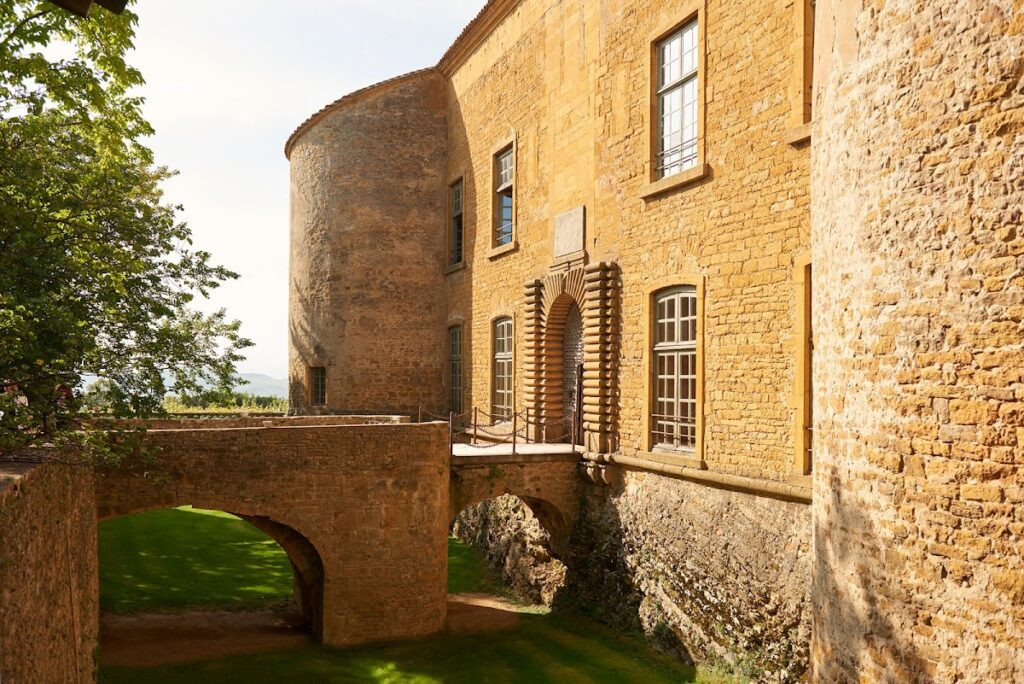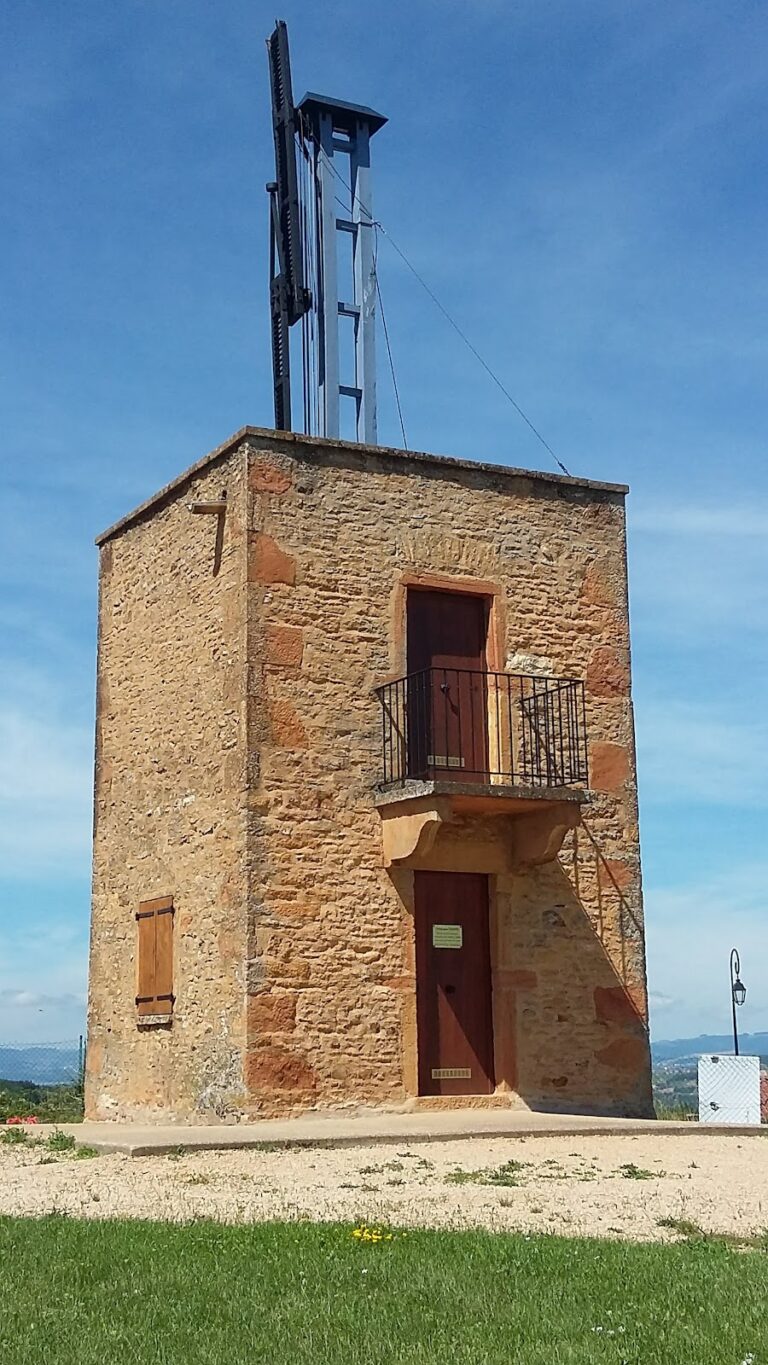Château de Bagnols: A Historic Medieval Castle in France
Visitor Information
Google Rating: 4.4
Popularity: Low
Google Maps: View on Google Maps
Official Website: www.chateaudebagnols.fr
Country: France
Civilization: Unclassified
Remains: Military
History
The Château de Bagnols is located in the town of Bagnols, France, and was originally built by medieval European society. Its construction began as a fortress between 1217 and 1221 under the direction of Guichard d’Oingt, who was co-lord of Châtillon. Guichard secured a loan from the Archbishop of Lyon to establish the fortress and fortify the site. The castle is first mentioned in historical records dating back to 1217 and remained under the control of the Oingt family for much of the 13th century. In 1288, ownership passed to the Albon family through marriage, marking the first of several transfers through noble lineages.
During the 15th century, the Château saw important modifications. After Jeanne d’Albon married Rauffet de Balsac in 1453, the estate became part of the Balsac family holdings. This period of ownership saw notable remodeling to suit the tastes and needs of its residents. The castle garnered royal attention in 1490 when King Charles VIII paid a visit, an event that was commemorated inside the castle with heraldic decorations.
The late 16th and early 17th centuries brought further changes in ownership and use. In 1566, the castle was acquired by Jean Camus, a merchant who enhanced its defensive elements, reflecting the continued importance of fortifications in this era. From 1619, Gaspard Dugué took possession and transformed the château from a fortress into a comfortable, richly adorned residence, introducing ornate interior decorations that would remain significant for its character. In 1711, Joseph Barthélemy Hessler undertook renovations focusing on the roofs and interior spaces such as the guardroom, further embellishing the structure.
The 18th and 19th centuries saw the property pass through several families, including the Croppet de Varissan, Giraud de Saint-Trys, and Chavanis families. Under the Chavanis, the estate expanded its role as a vineyard, with the addition of a wine cellar and a belvedere designed for overseeing the vineyard grounds, aligning the château more closely with agricultural and viticultural pursuits during this time.
In the 20th century, the Château de Bagnols experienced gradual decline and fragmentation, falling into a state of poor maintenance. In 1980, new ownership revived the estate by converting the historic site into a luxury hotel. Among its more recent proprietors was English philanthropist Paul Hamlyn. Since 2013, the property has been included in the Small Luxury Hotels collection and holds a five-star rating, marking its latest chapter as a heritage site adapted for modern hospitality while preserving its historical essence.
Remains
The Château de Bagnols presents a striking pentagonal plan, defined by a combination of four main residential buildings arranged around a small paved courtyard. The buildings face inward, with mullioned windows—that is, windows divided by slender vertical bars—that allow light to reach the courtyard space, creating a bright central area. Surrounding this central courtyard, five round towers stand at the angles of the enclosure, serving as defensive and architectural features. Some of these towers retain corbels, which are stone projections that once supported a machicolation—a type of fortified overhanging parapet with openings through which defenders could drop objects on attackers—although this machicolation construct has since been removed.
Inside, the château holds significant decorative elements reflecting its storied past. Mural paintings decorate some interior walls, while the guardroom contains a monumental fireplace bearing a coat of arms that commemorates King Charles VIII’s visit in 1490, illustrating the castle’s royal associations. Decorative patterns within the interiors mostly derive from the Grande Fabrique de Lyon, an important center of craftsmanship and design, contributing to the rich artistic ambiance.
Surrounding the main structure are several 16th-century outbuildings and bridges that cross what was once a moat, now dry. Small pavilions sit at the corners of the gardens, connected by walls that further emphasize the blend between defensive function and residential refinement. These features highlight the castle’s development from a military stronghold into a noble estate.
The estate also includes a notable dovecote, a structure used to house pigeons or doves typically for food or communication purposes, along with remnants of dry moats that would have encircled the fortress. Terraces offer vantage points that include two loggias, or covered exterior galleries, enhancing the estate’s leisure and viewing spaces. An icehouse known as a glacière, dating back to the 13th century, remains on the grounds; these subterranean chambers were historically used to store ice harvested during winter, allowing for cold storage in warmer months.
Various parts of the château have received official recognition for their historical and architectural value. These include the roofs, facades, curtain walls, towers, and interior rooms such as the guardroom, dining room, music salon, billiard room, and a bedroom decorated in the Louis XV style. Such designations ensure their preservation as heritage monuments.
Modern interventions include the addition of a glass roof installed over the inner courtyard in 2014. This contemporary feature draws inspiration from the shape of the Louvre’s Grand Pyramid in Paris, blending historical space with modern design. Within the grounds, facilities like a spa and a Michelin-starred restaurant have been incorporated, respecting the château’s adaptive reuse while maintaining its historical character.










